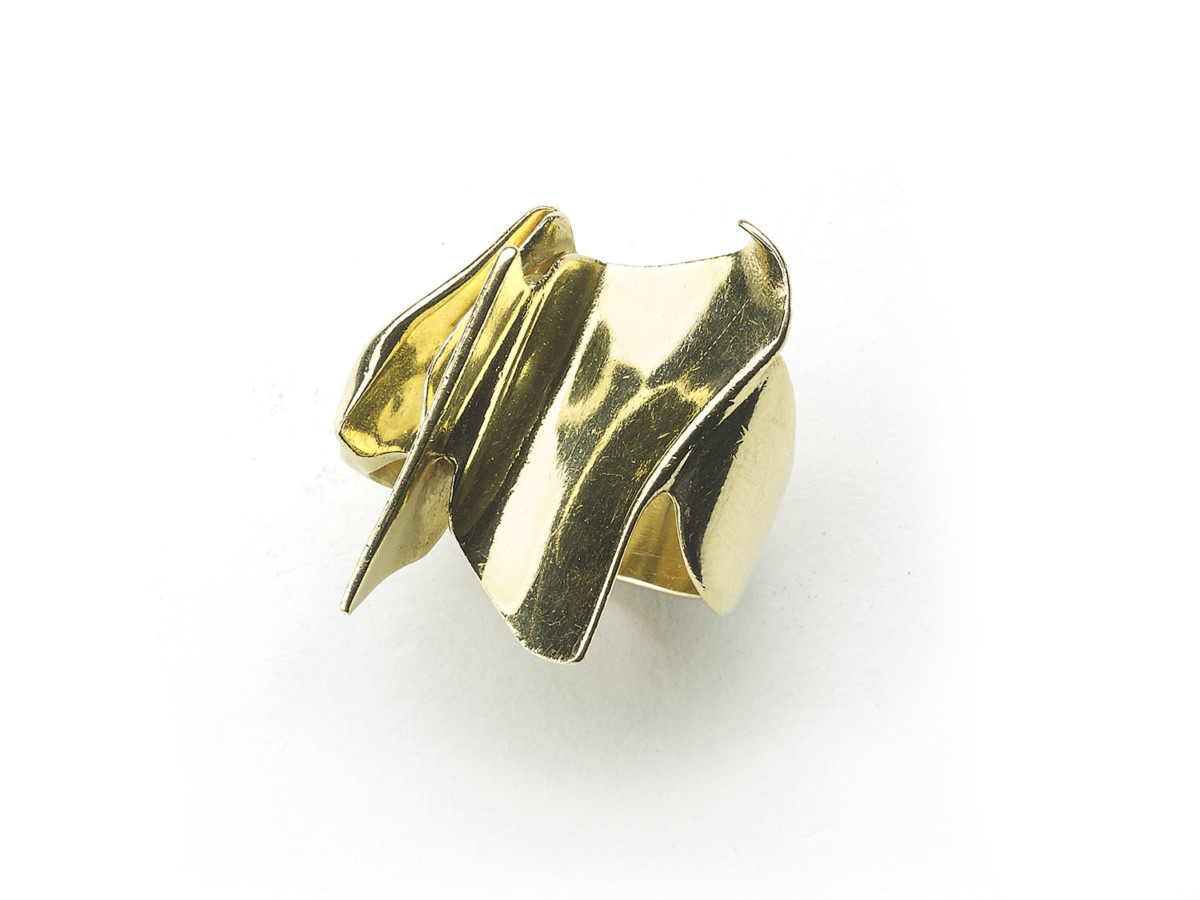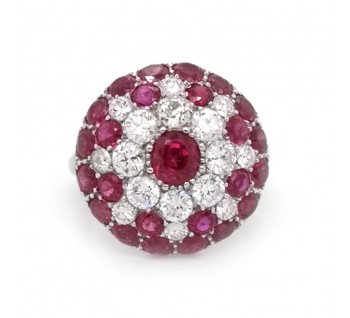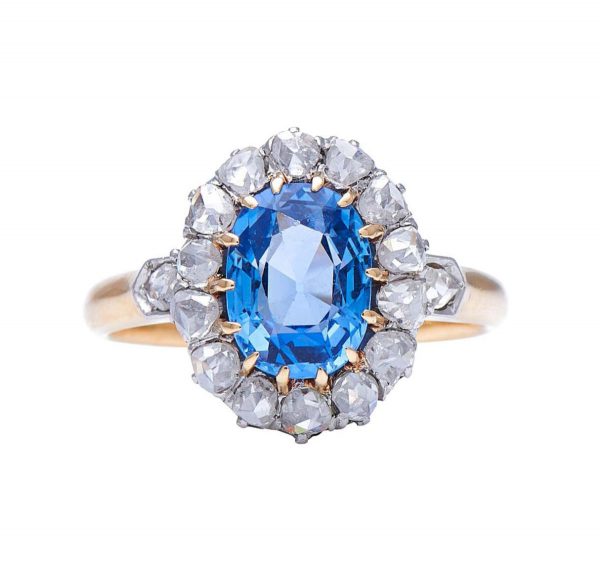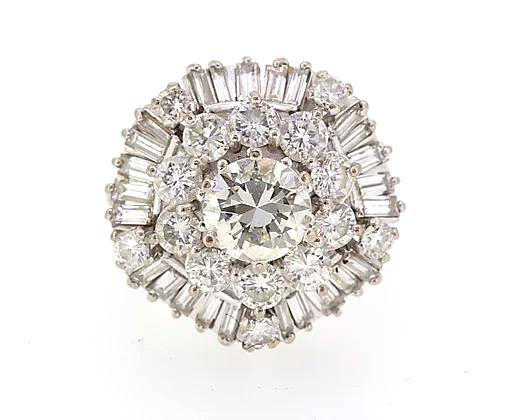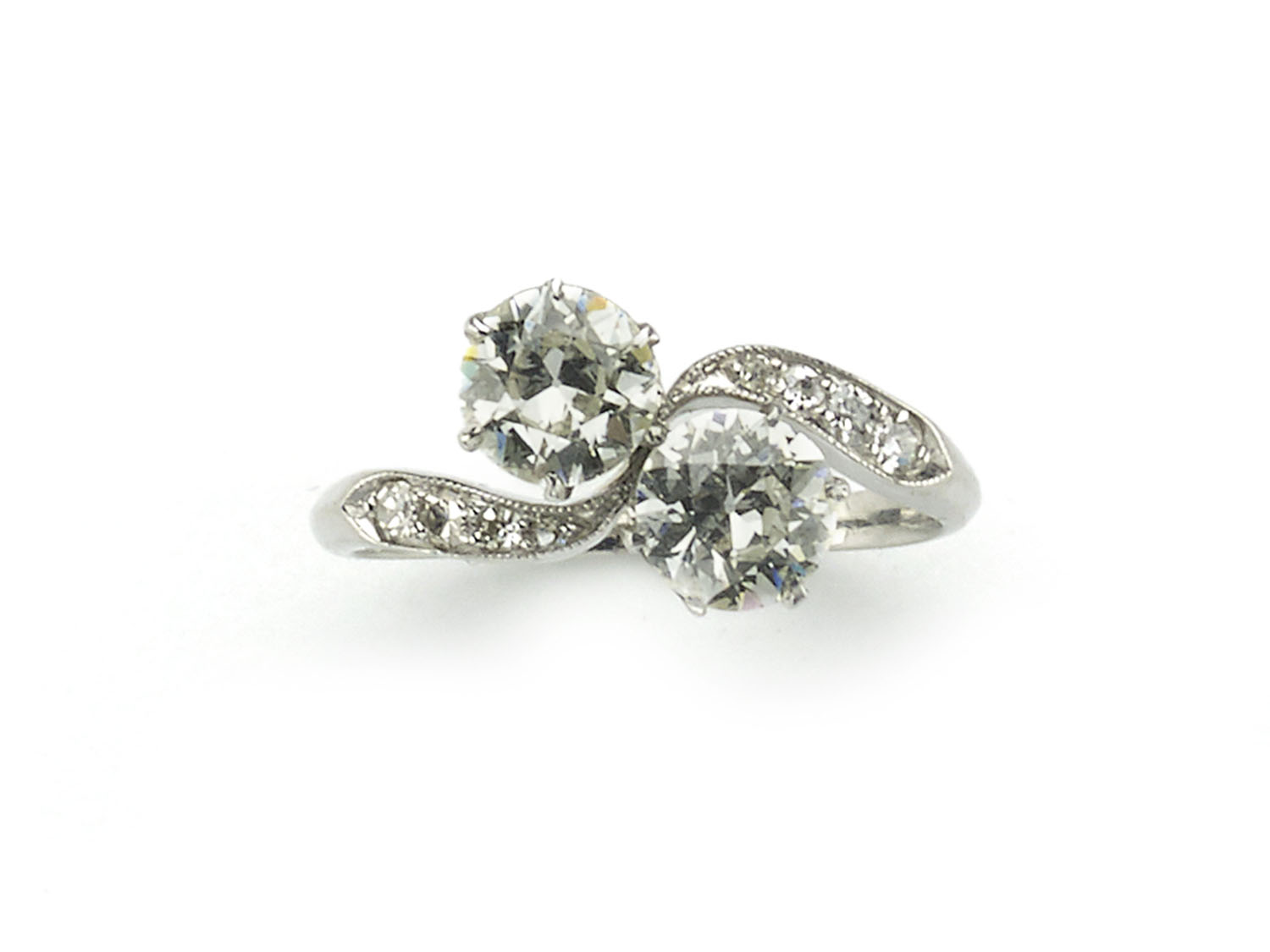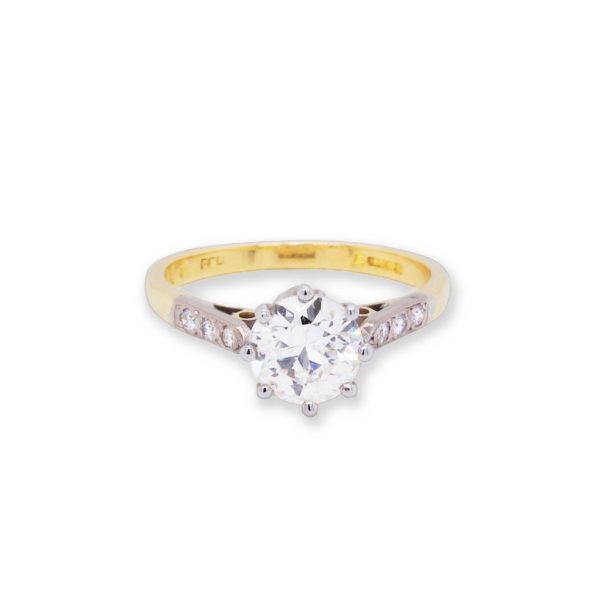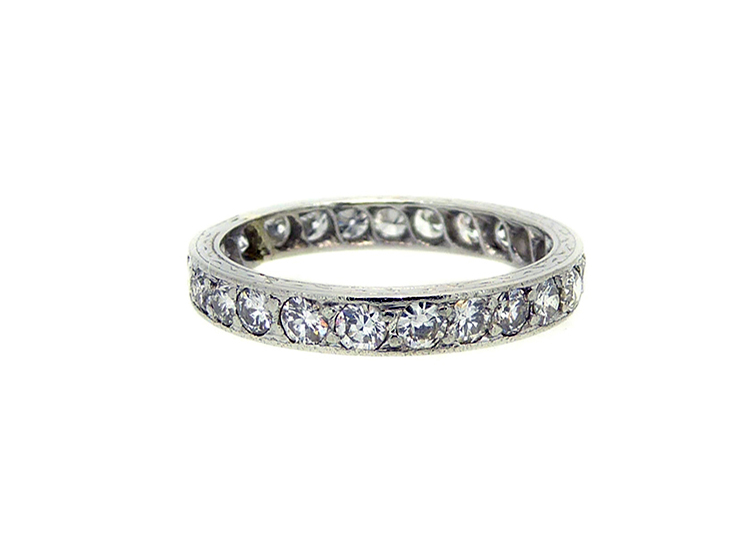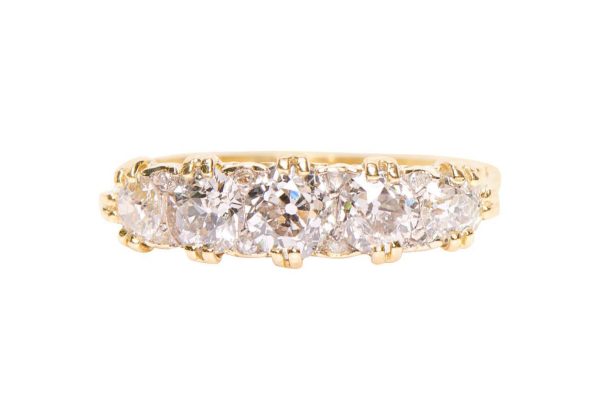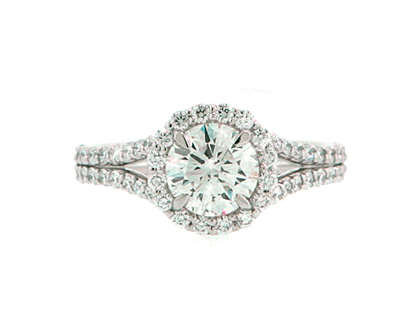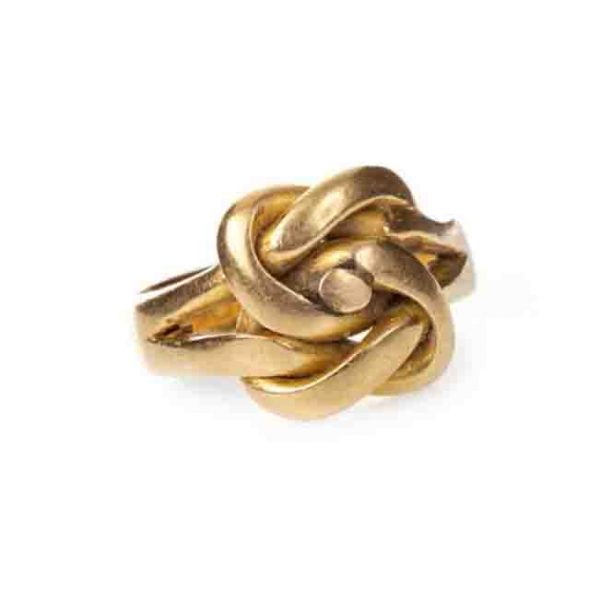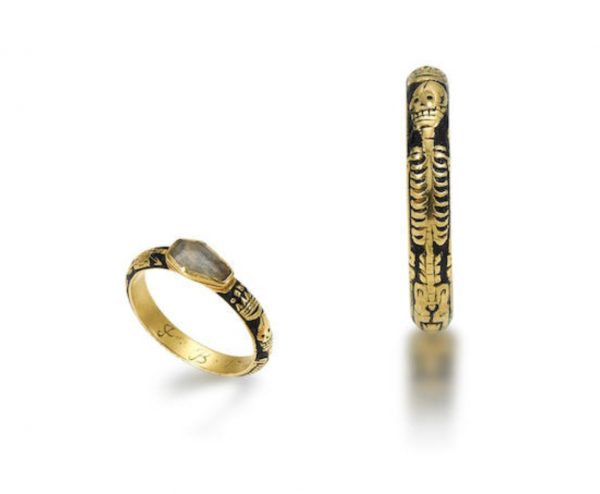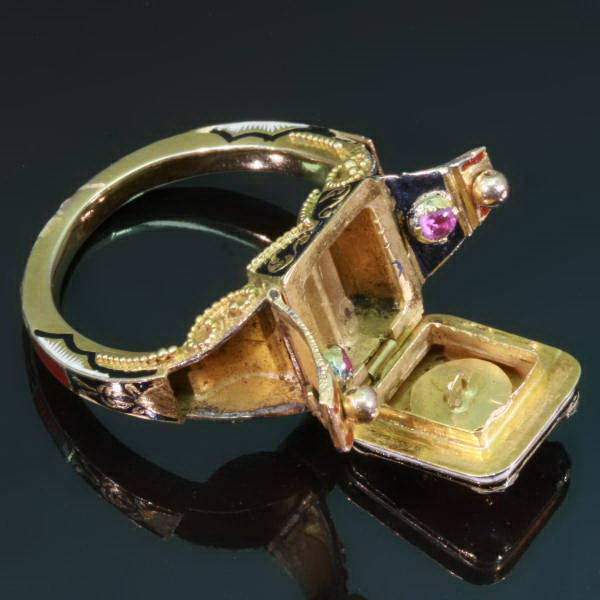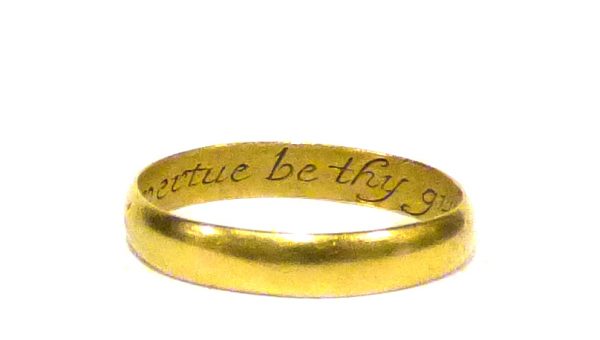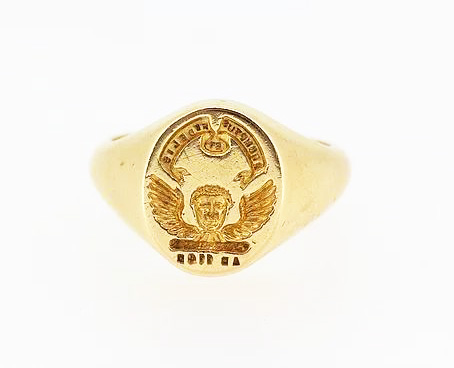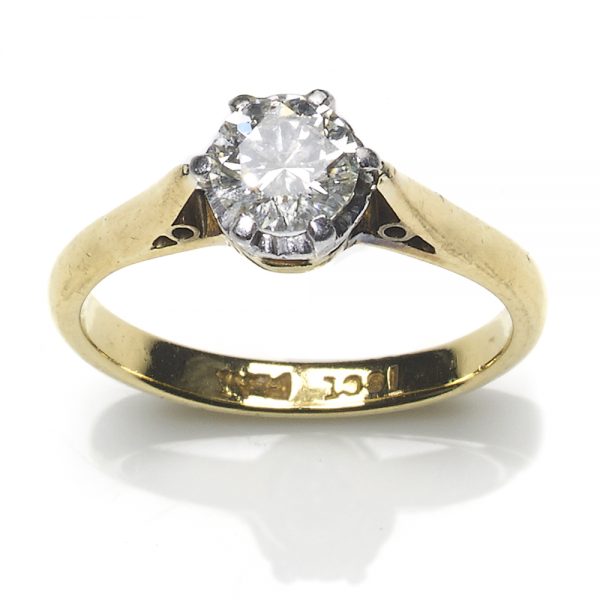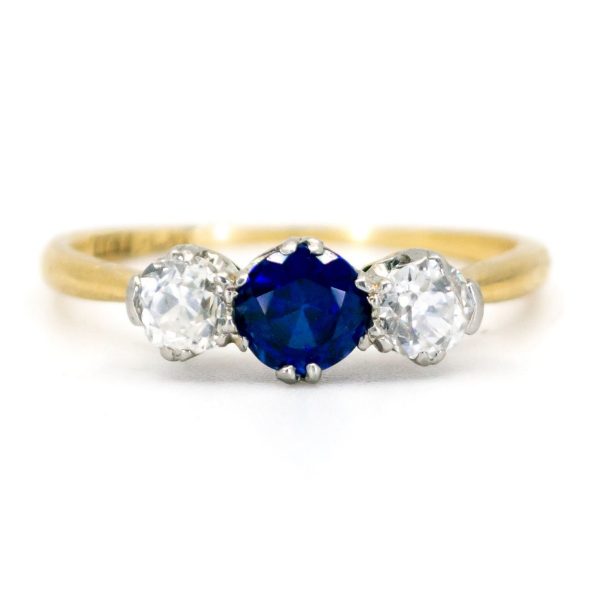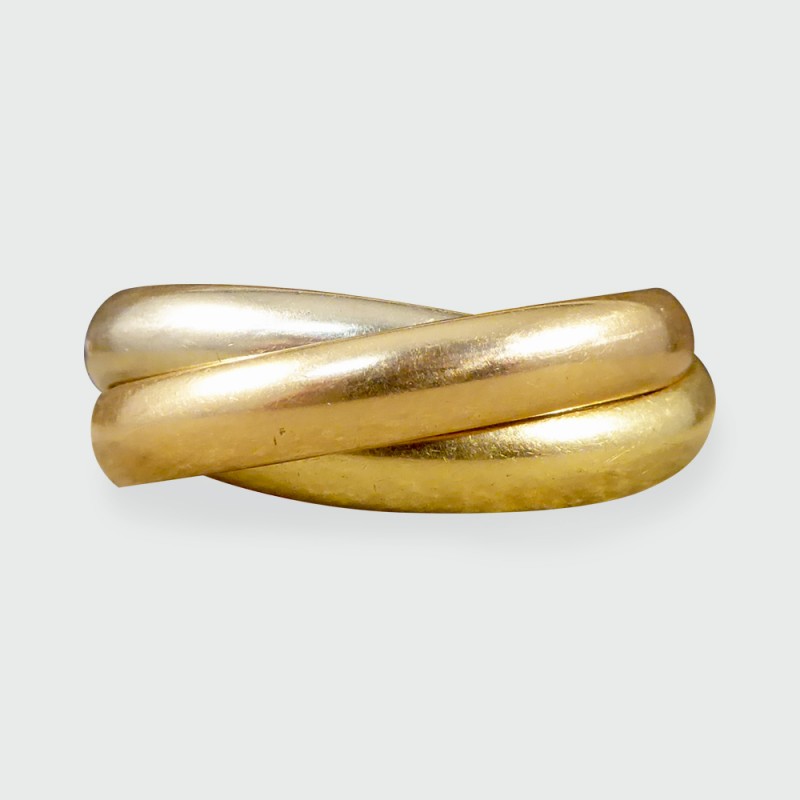Learning about the different types of rings
Rings are perhaps the most powerful, and symbolic item of jewellery
The wearing of Finger rings can be traced back to the third millennium, and had widespread use in the Ancient civilisations of Egypt, Greece and Rome.
Rings have been used to show power, wealth and identity, to communicate love and to signify sorrow, the very fact that they are so visible when worn on the finger, means they are always a statement
So, what are the many types of ring and their history? Some ring types have historical names others based on their design or their purpose

